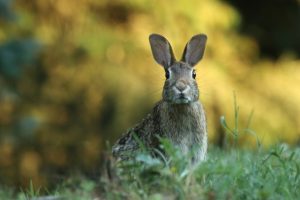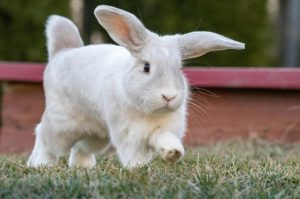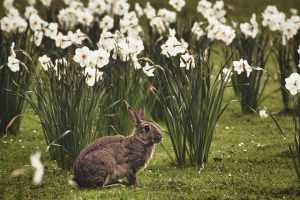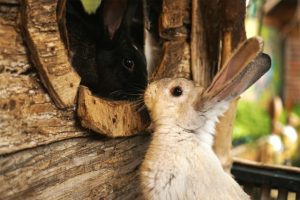
According to definition, a marsupial is a mammal of one of the orders whose members are not born as complete. This would mean that to complete the development, the animal would need to live within a pouch on the mother for a period of time until they have developed completely.
Marsupials are most often found in Australia and New Guinea, however, the United States does have opossums, which are Marsupials.
Now, as far as what should be deemed to be the cutest pet in the world, the Rabbit is not a marsupial. Rabbits actually belong to a group of mammals called Lagomorpha. The Lagomorpha are a larger group or family of animals that are placental animals.
Since a rabbit does not carry their young in a pouch, they cannot be considered marsupials. Rabbits are fast reproducers and are able to give birth to multiple kits at a time. From one to fifteen is the average number born to a rabbit per pregnancy.
When the rabbit gives birth it is virtually a guarantee that it is a full-term gestational period there is no concern in regards to the kit being fully developed. Since the marsupial does give birth preterm, they need to be nurtured by the mother in her pouch and this will continue until the baby is ready to be on his or her own.
The rabbit, on the other hand, will give birth to the litter of kits and after 8 weeks time, she will begin to leave the nest for the majority of the day. She will return to the nest to feed the babies once around dusk and also once at dawn.
For the remainder of the day, she is still close at hand, but far enough away that the predators will not realize there is a nest with babies. This is serious protection for her young ones in the best way she can do. If a predator does get close to the nest, she is close enough to see this and she will go in and fight off the predator.
Accordingly, the rabbit is also not a rodent. Although the rabbit was originally classified as a rodent. In 1912, rabbits were removed from the rodent classification and began being listed as lagomorphs.
This declassification and reclassification all came about due to the many differences between the rabbit and the rodent. One of the biggest and most important differences between the two is that a rabbit has an extra set of incisors. There are also some skeletal differences between the rodent and the lagomorph.
Within the lagomorph grouping or classification lies smaller ‘families’. Rabbits and hares belong to the family Leporidae. The other family under the Lagomorpha classification is the Ochotinadae family.
There are still many educational textbooks that have not caught up to the modern taxonomy that we know today. As textbooks catch up, they will also refresh the teachings about Rodentia and the separation of rabbits.
Studies
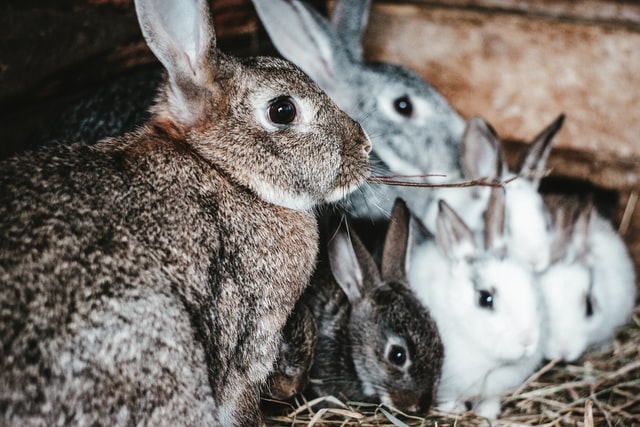
In the early 20th Century, research began between rabbits and rats. Palaeontologists began by looking for and listing the differences between the two. James Gidley made the proposal to separate the two families.
Differences
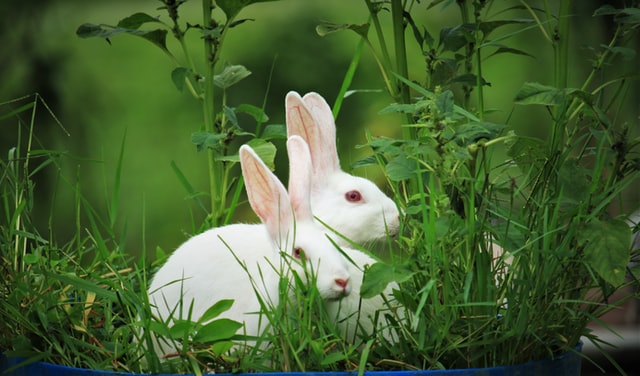
There are numerous differences between the Marsupial and the Lagomorphs. To begin with, Rabbits have a placenta that the babies are carried in, Marsupials do not. Marsupials will carry the preterm offspring in the pouch on the front of their body. The rabbits do not need to do so. The baby rabbits are born full term whereas the marsupials are born early and will continue to develop and mature within the mother's pouch.
Within the rabbits and the placenta, the embryos are nurtured and fed through the umbilical cord. The placenta also protects the babies while they are in the gestational period. Just as with humans, once the baby is born, the umbilical cord is removed and there will be a belly button or navel on its belly.
Along with rabbits, other mammals that have placental birth include the elephant, lemur, lions, tigers and bears and Humans. According to researchers, 95% of modern-day mammal classifications belong to the classifications.
As far as the marsupials, not all of them have a pouch either until pregnancy. They may have visible teats before the pouch develops.
To reiterate, marsupials are most commonly found in Australia and New Guinea, where there are no placental mammals, other than humans. In the locations where marsupials and mammals developed with one another, the mammal won the battle and thrived.
The rabbit developed in Asia approximately 40 million years ago. The rabbit is one of the most adorable mammals you will find. The furry love bundle with the long ears. Those eats are not just for hearing, they help to regulate the rabbit's body temperature also. This is the reason that the rabbits with the longest ears live in the warmest climates.
The rabbit is a very intelligent and social animal that requires being around others of his or her kind to be truly happy. When you are considering adopting or purchasing a rabbit, consider two to keep them both happy.
Out of the approximate 30 species of rabbits, Bugs Bunny was the only rabbit capable of eating raw carrots the way it was depicted in cartoons. Raw carrots are considered an okay treat once in a while for your rabbit, but they should not eat them often.
Rabbits and hares
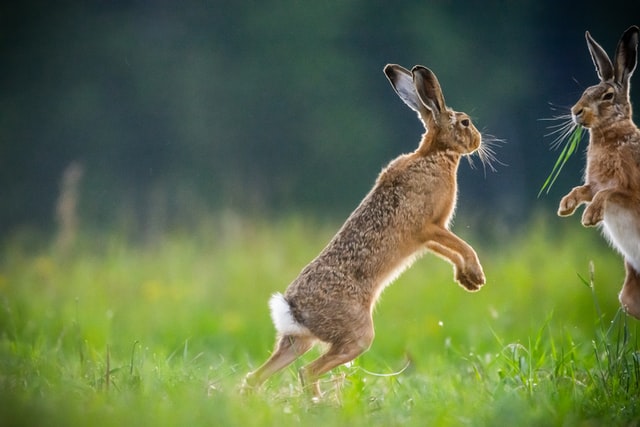
It is also important to remember that rabbits and hares are two separate species. Hares are much less social than a rabbit, they have long ears and are larger than the rabbit.
While the rabbit had been considered a rodent at one time, rabbits have diverged separately from their rodent cousin. This will lead to why the rabbit has a few differences from the rodent, such as the extra pair of incisors. The rabbit also has two non-functional teeth in the upper jaw. Dental anatomy is what separates the rodent and the lagomorph.
Rabbit is a term that is generally used for all Leporidae species, except the Lepus. Members of the Lepus group are the hares or jackrabbits. They, too, are mammals.
The Lepus species is generally born relatively fully developed, with hair or fur, good sight and can move around somewhat.
There are some rabbit species that are born altricial. This means that they are born without hair or fur, they are blind and will need plenty of care to continue developing. The hare will live above ground, in a basically solitary life.
Most other rabbits will burrow a hole into the ground, not too deep, but that is where they will have their litter and the babies will remain in the burrow for roughly 8 weeks. The mother will leave her babies unattended for the majority of the day. She will return to the nest at dawn and at dusk to feed the babies.
This is done as a security measure. With the mother at the nest all the time, predators will begin to suspect that there is a baby or two in the nest. This will be dinner for the predator.
Descendants of the European Rabbit are generally born for breeding. They are considered livestock and make wonderful pets.
As livestock, rabbits were bred for meat and fur. In the Middle Ages, the earliest breeds were considered to be important sources of meat. These breeds became larger than a regular rabbits. The domesticated rabbits ranged in size from dwarf rabbits to giant rabbits.
There are other domesticated breeds that have been solely bred for other purposes, however, they do become the best pets some families will have.
Angora rabbit
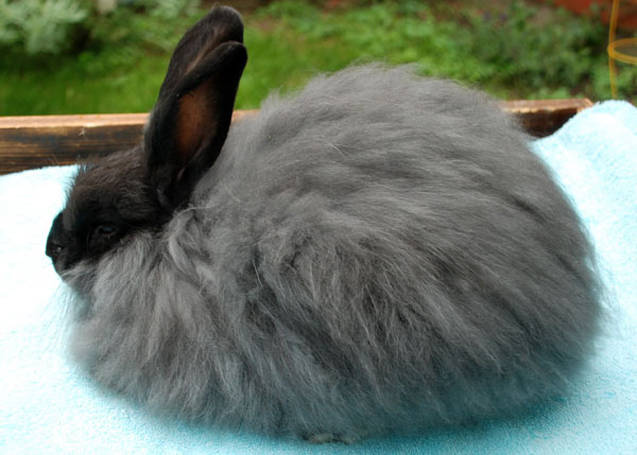
The Angora rabbit began its tenure as a breed specifically for its fur. This was spun into a yarn that allowed people to knit clothing.
Speed and agility are the rabbit's main sources of defence against predators. For this purpose, the rabbit has rather large rear leg bones and strong muscles. The rabbit will run on his or her toes when trying to run or escape. Rabbits have 4 toes and a dew claw on their front feet. The hind feet have only four toes.
The rabbit, who is not a marsupial, will sleep with the eyes partially open. This is the way they will see sudden movement and either protect themselves or be able to get away from the predator.
Gestational abilities
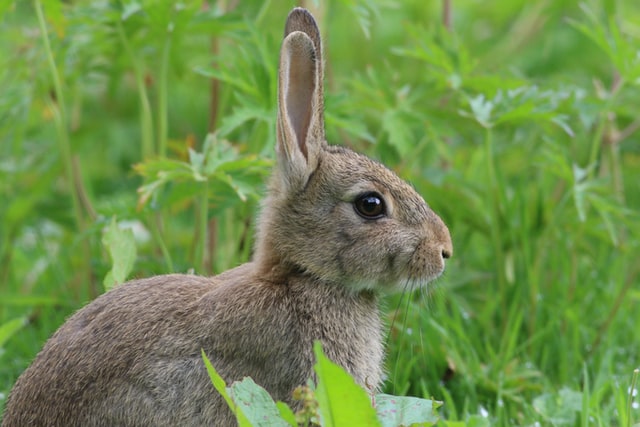
Gestational abilities are extreme for the rabbit. It is not just an old adage when something else is compared to breeding like a rabbit. It is quite possible that a female rabbit could become pregnant as early as the day after giving birth to a litter. The female rabbit can have up to 60 babies a year.
The average gestational period is 31 days. However, it can range from 28 to 36 days. This is about the quickest gestation period of time compared to all mammals. The mortality rates among the embryo varies also due to diseases and infections. The mortality rate can also be dependent on environmental stress.
Rabbits are prey animals, not predators. They are closer to the smallest mammals but have protective instincts to protect their young in the nest.


